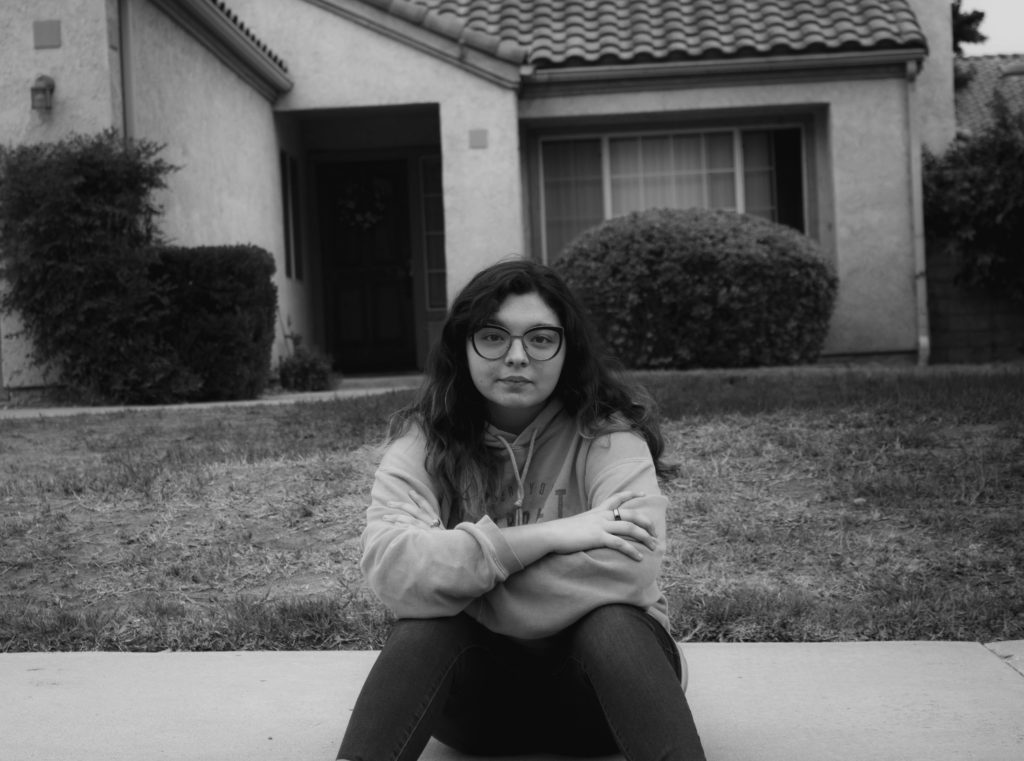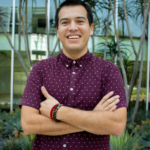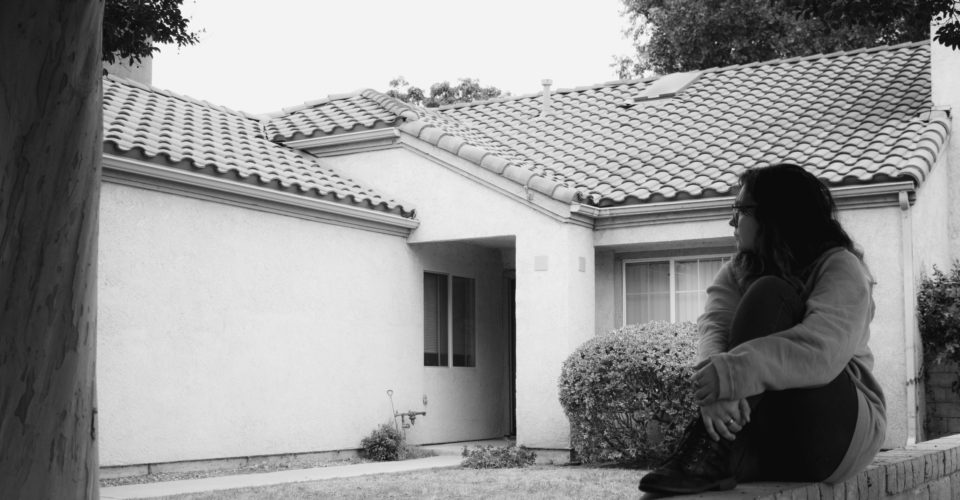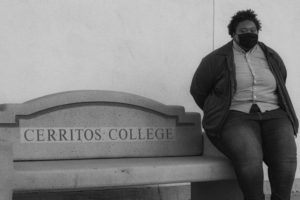“I am in therapy now because of this. Not being on campus has drained me as if I wasn’t drained enough. I am completely empty at this point,” Margot said.
By LUIS MIRÓN
EL NUEVO SOL | ETHNIC MEDIA SERVICES
Margot Rowe is a 23-year-old full time student at California State University in Northridge (CSUN) working two jobs to afford her education. When she moved out of her parents’ house nine months ago because of difficult relations with her mom, she would have been forced to choose between continuing her education or becoming homeless. A support network of friends made the difference.
The oldest child of four, Margot grew up in a largely white suburb of Simi Valley with both parents at home. Margot doesn’t count her family as poor, but nor does she consider it affluent.
Fights between Margot and her mom started during her high school years and although things got better when she enrolled in community college, tensions at home escalated after she enrolled in CSUN.
“The relationship with my parents is not as terrible as other people have it, but mainly my mother and I fight a lot and there’d be times when I didn’t want to go home,” she said.
Margot recalls how one of her jobs was at Freudian Sip, a café on the CSUN campus where she often worked until 1 am. Going home she’d wake up her mom which would lead to fights. Some nights she slept in her car to avoid making a disturbance and starting an argument.
“I saw the pattern so many times I didn’t want to go through this anymore so I decided to leave,” she said.
She made the difficult choice to move out, even though the money she earned wasn’t nearly enough to cover rent, (around $600 per month), college costs (around $4,000 per semester), transportation and food. Still, she hoped that living on her own might improve relations with her mother.
“I didn’t tell my mom I was moving out till 3 days before hand, and she didn’t take it too well,” she said.
Without support from friends, Margot says she would have wound up homeless or living in her car. Right when the pandemic lockdown began, she moved into her best friend’s house. In exchange, she bought groceries for the family and did chores around the house. She lived in the family guest room but had no space for all her belongings.
“All I had was two boxes with my things and I was living out of those two boxes,” she said.
Margot feels blessed to have had the help. Originally, she was supposed to stay for only one month, but due to the pandemic that month turned into seven months.
Currently, Margot lives with another friend and that friend’s dad in a house they rent. She has her own room and pays around $600 dollars a month.
“Right now, I’m trying to figure out how to make it more homey while staying financially stable, because buying furniture is expensive,” she said.
Margot’s biggest challenge is staying motivated in school now that classes have moved online while dealing with the stress of everything that has happened to her during the last nine months.
“I am in therapy now because of this. Not being on campus has drained me as if I wasn’t drained enough. I am completely empty at this point,” she said.
Thanks to the time they have spent apart, Margot says the relationship with her mother has gotten better. Both have started to heal. Meanwhile, thanks to her support group, she hasn’t had to choose between an education and a place to live.

Margot is hopeful for the future and hopes that she can call her new house a home one day. Photo by Luis Mirón | El Nuevo Sol.
About the author:
 Luis Mirón is a Mexican Broadcast Journalist at California State University, Northridge. His passion is to tell the stories of people in his community who do not have a voice. In his third year at CSUN, he seeks to tell those stories in different multimedia formats, such as podcasts, documentaries, and photo galleries. Luis, being an immigrant himself, understands how important it is to give a voice to the problems that his Latino community faces every day. His passion for soccer attracted him to the world of journalism, but as he grew as a journalist he fell in love with helping the voiceless in communities of color and share their struggle in a way to bring change.
Luis Mirón is a Mexican Broadcast Journalist at California State University, Northridge. His passion is to tell the stories of people in his community who do not have a voice. In his third year at CSUN, he seeks to tell those stories in different multimedia formats, such as podcasts, documentaries, and photo galleries. Luis, being an immigrant himself, understands how important it is to give a voice to the problems that his Latino community faces every day. His passion for soccer attracted him to the world of journalism, but as he grew as a journalist he fell in love with helping the voiceless in communities of color and share their struggle in a way to bring change.
Tags: college CSUN housing insecurity Luis Mirón Margot Rowe






















